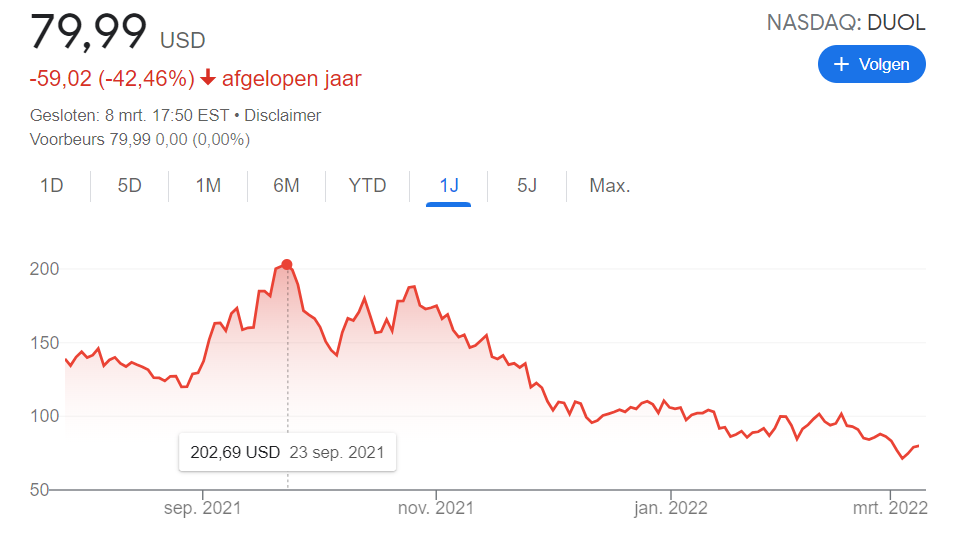First of all: I never tried to be complete, only to give a few examples. The main idea was to choose a few languages which are very popular on Duolingo and a few others which are less popular (but with a significant number of learners). I also wanted to include some non-European world languages. This accounts for my 'sampling'.

The first column (next to the language label) shows the Duolingo language subscription count, which you can see when adding a new language course (after opting for English as teaching language). We should keep in mind that this number is generally cumulative. Duolingo started marking this number as 'active learners'. Inactive trees are removed after a month, however the activity threshold is only that learners finish at least one lesson. Users can remove language trees and may also unregister from DL. This reduces the subscription count.
The second column shows the DuoMe total of active learners for that course. You can see this by typing for instance : https://duome.eu/en/es
Active learners have at least attained level 2 in a course (60 XP). The limiting factor is that learners are included on DuoMe only after they have once attained a 100 day streak. The active learners number may not be cumulative: if you unregister from DL, you will disappear from DuoMe. If you eliminate the tree after completion, it will disappear in DuoMe. While you keep your profile private, you will not be shown in the list. (That may be transitory)
The DuoMe statistics page shows other useful numbers: The third column shows active users having surpassed level 10 (only 3000 XP are needed). This differentiates sustained learners from 'dabblers'. The next column shows users having attained XP-level 25 which corresponds to 30.000 XP.
The fifth column shows the number of golden owls.
Finally I have calculated the percentage of active learners in DuoMe relative to the total number registered in DuoLingo. The very last column is the percentage of DL golden owls among the number of active learners (on DuoMe).
Example of the DuoMe statistics output (for Spanish)
185214 Students
185214 Trees
147402 @ L10+ ········· 79.58%
84779 @ L25 ········· 45.77%
13386 Golden Owls ··· 7.23%
482 Golden Trees ····· 0.26%
Some observations:
The 100 days streak inclusion threshold for DuoMe is the main limiting factor for being considered a "committed active learner".
Any course an active learner adds, will soon be included in the DuoMe statistics (60 XP: a few lessons or a placement test are enough).
The most popular courses (Spanish, French) have a low percentage of committed active learners. That is also the case for non-European language courses, especially Hindi has a very low 'active learners' percentage. The less popular courses (Swedish, Dutch) do better. German holds a middle ground. It's a Germanic language as English is supposed to be, but the grammar is hard ... Italian has also more devoted learners.
Yet if users are committed, the 'owl'-ratio can be significant. Less popular languages and Italian do better. Chinese and Hindi are best in class among the rest. The frequent course additions and changes to the Spanish and French courses from English come at a price. Most learners don't try to regain the owl any more ...
Internal links:
Second batch of languages from English (with comments) (related and benchmark courses)
¿Son realmente muy populares los cursos de Duolingo? (Popularity of courses from Spanish)
Les cours de DuoLingo, sont-ils vraiment populaires? (popularity of courses from French)
Hoe populair zijn de Duolingo cursussen vanuit het nederlands? (popularity of the few courses from Dutch)











